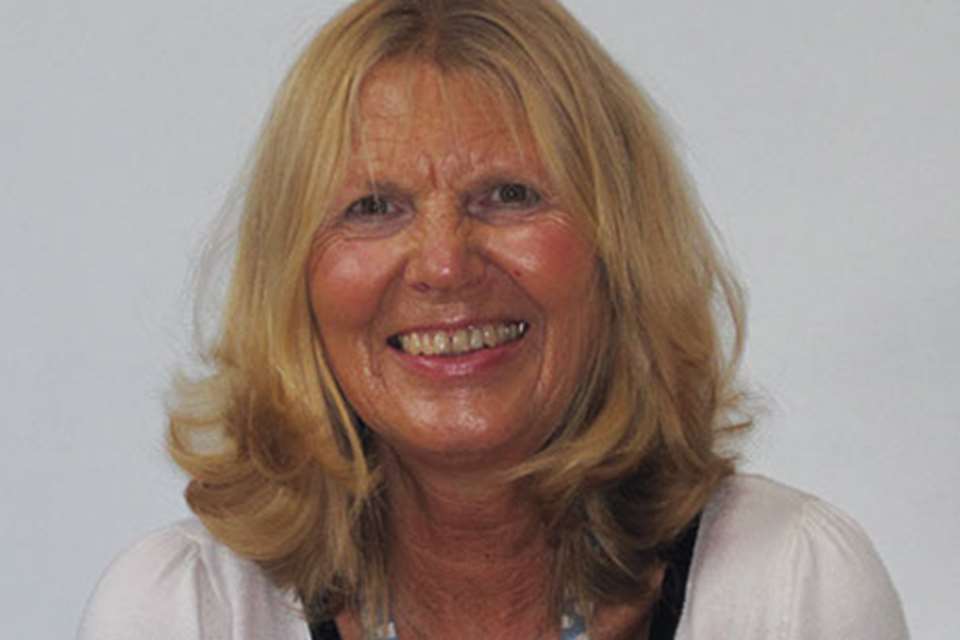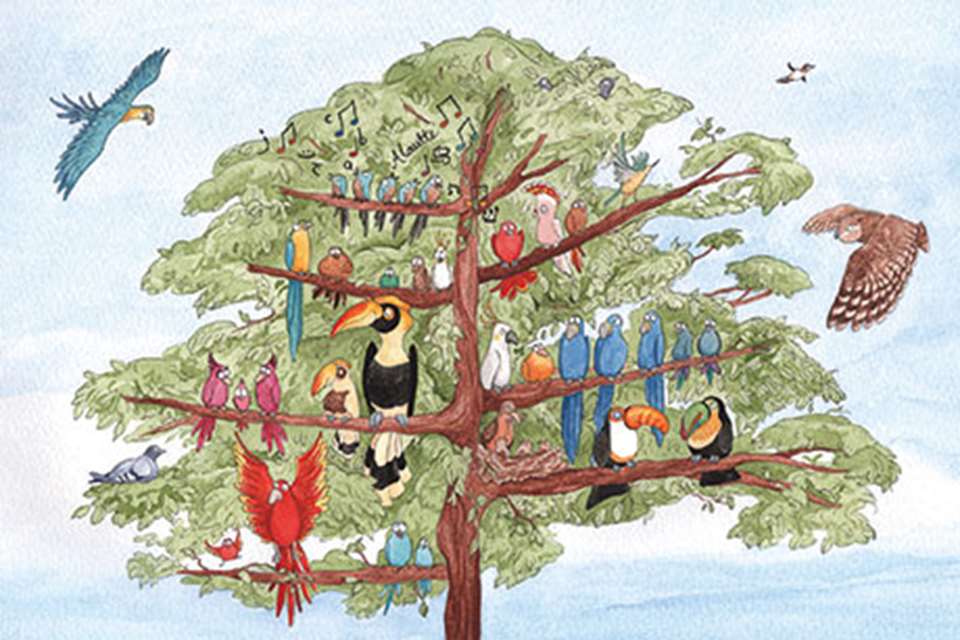Inclusion - My story
Gina Houston
Monday, June 24, 2019
Why it is important for early years settings to understand the particular issues for children with diverse cultural backgrounds by listening to them. Gina Houston explains her study findings

[asset_library_tag 2063,Download the PDF of this article]
Listening to the voices of young children through methods such as observation, storyboards, video recordings and Persona Dolls is accepted good early years practice (Brown 2008). However, there has not been a specific focus on listening to the experiences of black children.
I hear my black mixed-race grandson telling me that if he goes to Jamaica on holiday, his friends won’t like him because the sun will make him too black; his white classmates say he is different and not like them. This indicates to me that racism, whether conscious or unconscious, is impacting negatively on the lives of many young children who identify as black and are made to feel different.
Research for my doctorate – and subsequent book – confirmed this view, and the need for practitioners to listen to what black children have to say, to ensure racism is challenged and to support black children appropriately and effectively.
I was able to listen in-depth to the voices of seven four-year-old black children attending Reception classes in four urban schools.
There is a danger of stereotyping children through a common definition of a black identity without recognising the diversity of experience across cultures (Gillborn 2008). Through observations and interactions with the children, I was able to give them opportunities to explain how they managed their new environment and adapted to the expectations of the school while maintaining the individuality of their black British identities.
Three main themes emerged:
- How friendships support their conflicts within the classroom.
- How their black identities are challenged through environmental and personal interactions in school.
- How curriculum content and delivery can exclude them from mainstream education.
The children had pseudonyms for the study to ensure anonymity.
EXPERIENCES
Friendships
All seven children indicated the importance of friendships towards establishing their place and identity in the school culture. This was particularly important for Devon, one of only two boys in his Reception class with African-Caribbean heritage. His story tells how he maintained his strong black identity from home as it was challenged within the setting.
He spent most of his time with his ‘best friend’ Alan, who was from a white middle-class heritage. The importance of their friendship for inclusion in the peer group was made apparent when, on one occasion, Alan was absent. Devon attempted to join the group of white boys with whom they usually played by sitting on the carpet as they built with Lego. He was told to go away, continually being verbally rejected. Devon resisted this through arguing and refusing to move, resulting in the boys leaving him to play elsewhere.
To manage the rejection, Devon joined Neil, who was from a similar cultural heritage. They played together on the computer while speaking in their home dialect. Devon’s friendship with Alan supported him to understand the school culture and how to adapt to an environment that racialised him as different, thus denying his cultural experiences that were an important foundation to support future learning and development.
His friendship with Neil affirmed his black identity and gave him confidence to challenge his rejection experienced through interactions and lack of personal representation in the whiteness of the environment.
Three other boys in the study, all in different schools, also named white peers as ‘best friends’, indicating their importance through proximity to each other in everyday activity. Louis waited anxiously for his friend Lewis, who was often late or last to arrive. On the occasions when Lewis was not at school, Louis stayed close to the adults in the class or played alone, indicating a dependence on the friendship to function within the classroom culture.
These four boys all managed the invisibility of their home cultures by accessing opportunities through play to represent their identities. This was usually when alone or with others who shared their heritage.
Devon was often observed rapping and sharing jokes with Neil. When alone, Louis chose imaginative play to represent his time spent in his father’s garage. Jason played black superheroes with a black boy in another class during playtime, while in the classroom he represented his visits to the mosque through large block play. These aspects of his identity and home culture were absent during activities with their white best friends.
The three black girls in the study did not show such close dependency on friendships with white children. Two girls did not have special relationships with peers, being more dependent than the boys on the white practitioners. They were both able to interact confidently with groups of children, although they spent long periods alone in independent activity. The third girl, Pina, had an inseparable friendship with Mariam, a child of Sri-Lankan heritage, although every playtime Pina sought out Remmie, a black girl with African-Caribbean heritage from a different class. Pina’s dependence on Remmie when outside the classroom could be because of her particular experiences of exclusion.
Identity and appearance
Pina was racially abused by a group of white boys because she and Remmie wanted to use the climbing frame. They taunted her with insults regarding her hair that was styled in a fashionable ‘Afro’. Pina went home that day and cut her hair as a consequence.
The incident can be seen as insignificant if not understood in context, with the many everyday verbal and non-verbal micro-aggressions that black people can experience. Essed (2013) explains micro-aggressions as the daily drip-drip effects of racism. These can be through such comments as those experienced by Pina and by Devon’s rejection during his Lego play.
Other children also reported micro-aggressions regarding their hair. These direct and indirect examples of racism can go unnoticed by practitioners, as children know they are not acceptable, so only occur when adults are not present.
Curriculum resources and organisation
Practitioners should also be aware of how negative attitudes are reproduced through unintentional or covert micro-aggressions. This can be through resources as in Pina’s story when the insults regarding her hair were later reinforced as she made a collage from toy catalogue pictures. The pictures available to her depicted only white girls and boys with straight hair, perhaps emphasising to her the value of European hair.
There must be an awareness of how all children in multi-racial/cultural Britain are represented in the setting and which resources may reinforce negativity regarding difference. Resources should be available not only in imaginative play but across the curriculum.
Rather than being inclusive, a multi-cultural curriculum that celebrates festivals and particular cultural characteristics such as food can emphasise difference through separation from the mainstream curriculum.
Kylie and Sonic were offered an activity to reproduce Diwali lamps, which was completely separate from other aspects of the curriculum and could exoticise Hindu culture rather than reinforce the inclusiveness of a British identity.
The stories also demonstrate the importance of play in early years settings. Three of the schools in the project devoted most of the time to play, giving opportunities to explore new concepts through representing experiences in their home cultures. Pina, for example, was able to make ‘patties’ – representing her home culture – in the home corner, while Sonic and his friends spoke in dialect to develop their superhero game.
However, some practitioners reduced opportunities for play and attempted to meet Government targets through a more structured day. Such a curriculum can only reduce children’s opportunities to explore and develop conceptual understanding from the starting point of their cultural knowledge.
TAKING ACTION
The children’s stories show how racism is present in their lives whether through name-calling regarding their identity and physical appearance or through more subtle manifestations in school procedures, curriculum and everyday interactions. However, when practitioners understand the cultural nuances within the classroom, children’s knowledge from home can be included during everyday curriculum provision, enabling them to adapt to the culture of the school without compromising their identities.
Dawn, a white teacher, reflected on her actions regarding Pina cutting her hair in an attempt to decentre from the privilege of her whiteness and support black children from their own perspectives and experiences within the learning environment. This is not an easy process, but it is a vital one towards effective anti-racist practice. This can be facilitated by what Lane (2008) refers to as a ‘no-blame culture’ where practitioners can discuss their biases and understandings of difference openly and honestly with colleagues.
Black Children’s Stories
Racialisation in Early Years Education: Black Children’s Stories from the Classroom by Gina Houston (Routledge, 2018; pb £25.99, e-book £13) explores the unique experiences of black children during their first year of school. To order a copy, visit: www.routledge.com
REFERENCES
Brown B (2008) Equality in Action: A Way Forward with Persona Dolls. Trentham
Essed P (2013) Everyday Racism and Resistance. Centre for Education and Racial Equality in Scotland, University of Edinburgh
Gillborn D (2008) Racism and Education: Coincidence or Conspiracy? Routledge
Houston G (2019) Racialisation in Early Years Education: Black Children’s Stories from the Classroom. Routledge
Lane J (2008) Young Children and Racial Justice. National Children’s Bureau
Gina Houston is an early years consultant and former head teacher, lecturer, local authority adviser and Sure Start manager






